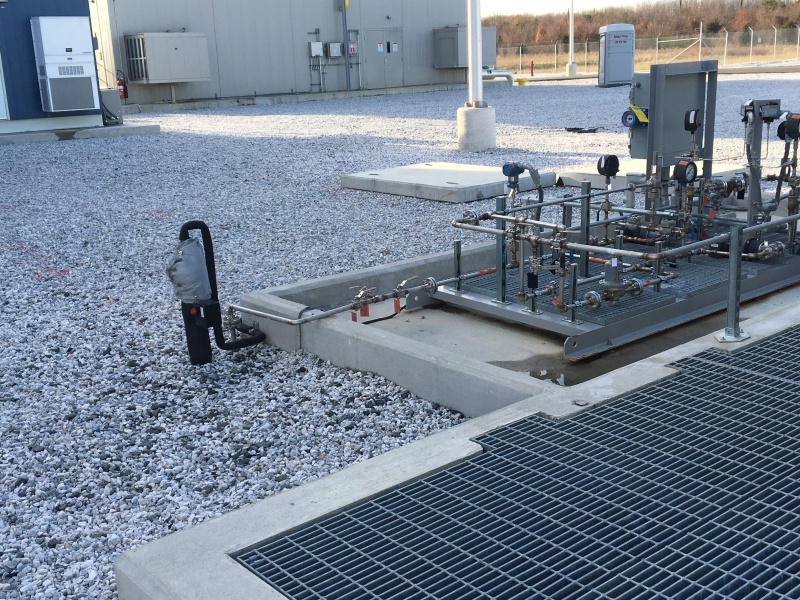We have an outdoor system at a power plant that was experiencing a freezing issue last winter in Maryland. The system pumps a 19% aqueous ammonia solution to an injection unit that helps treat emissions. The solution freezing point is -30F, but somehow we were still experiencing freezing.
Is it possible that the ammonia was separating out of solution while it sitting stationary in the pipes (during times when the system is not circulating the fluid)? I suppose this could leave a lower % solution with properties closer to water (higher freeze point) and enabling the freezing at ambient temps?
The system is essentially sealed, though the storage tank has a vacuum breaker and there might be other components that allow a bit of vapor leakage to atmosphere. I suppose even if there isn't an escape of the ammonia vapor, it could still be separating and leaving certain parts more vulnerable to freezing. Thanks for any assistance you all can offer in understanding this issue.
Is it possible that the ammonia was separating out of solution while it sitting stationary in the pipes (during times when the system is not circulating the fluid)? I suppose this could leave a lower % solution with properties closer to water (higher freeze point) and enabling the freezing at ambient temps?
The system is essentially sealed, though the storage tank has a vacuum breaker and there might be other components that allow a bit of vapor leakage to atmosphere. I suppose even if there isn't an escape of the ammonia vapor, it could still be separating and leaving certain parts more vulnerable to freezing. Thanks for any assistance you all can offer in understanding this issue.

